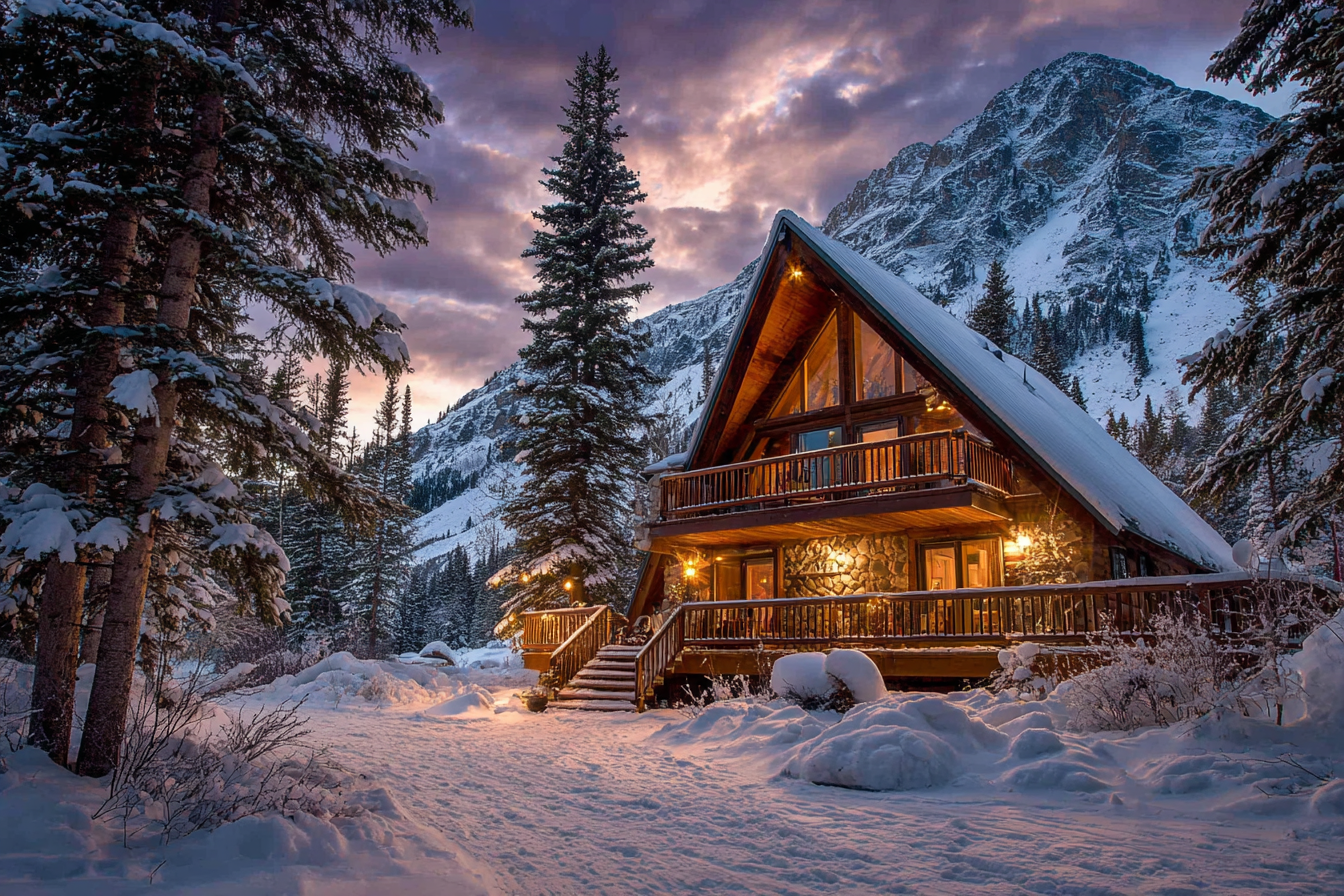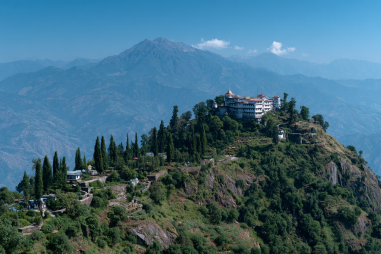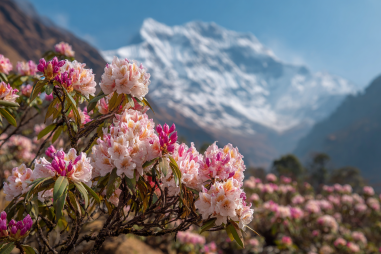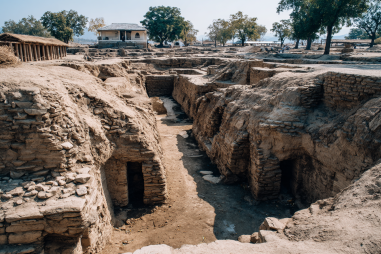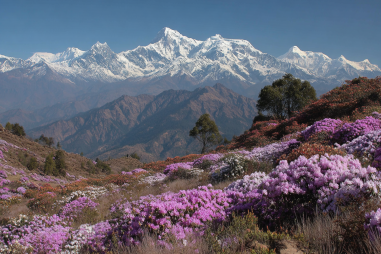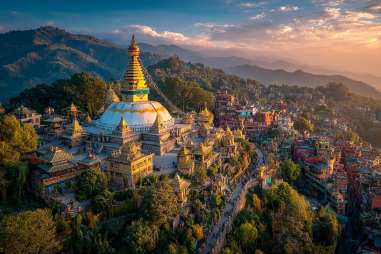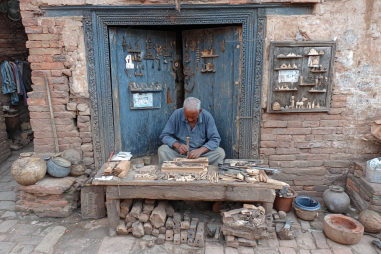Embarking on the Annapurna Base Camp (ABC) trek is a thrilling adventure that immerses you in the stunning beauty of the Himalayas. But while the views and the challenge of the trail are undeniable highlights, having the right accommodation along the way plays a vital role in your overall experience. Whether you prefer the rustic charm of teahouses, the coziness of lodges, or the flexibility of camping, understanding your options will help you plan a comfortable and memorable journey at high altitude. Let’s explore the various accommodation choices and what you can expect on the Annapurna Base Camp trek.
Types of Accommodation on the Annapurna Base Camp Trek
When trekking to Annapurna Base Camp, your accommodation primarily falls into three categories: teahouses, lodges, and camping sites. Most trekkers rely on teahouses and lodges since they are conveniently located along popular trekking routes and offer essential services.
Teahouses
Teahouses are simple guesthouses run by local families, providing basic yet cozy rooms for trekkers. They typically offer a bed with blankets and shared or sometimes private bathrooms. Teahouses are known for their friendly atmosphere and the opportunity to connect with local culture. The word “teahouse” comes from their foundational offering—hot tea—but nowadays they also serve meals and sometimes even have heating facilities in colder months.
Lodges
Lodges tend to be slightly larger and may offer more comfortable rooms than teahouses, including private bathrooms and a broader menu. These accommodations cater to those seeking a little more comfort and privacy but still within the rustic and authentic mountain experience. Lodges often feature dining areas and sometimes even Wi-Fi at higher prices.
Camping
For trekkers looking for more independence or wishing to avoid the teahouse crowd, camping is an option. Camping involves carrying your own gear or hiring a porter/guide to set up tents at designated spots along the trail. This option provides privacy and a close-to-nature experience but requires preparation, especially for cold nights and sanitation. While less common on the standard ABC trek, it is an excellent choice for those with the necessary equipment and trekking skills.
Facilities and Amenities Available
The level of facilities you will find along the Annapurna Base Camp route varies significantly depending on the altitude and location. At lower elevations, facilities are more developed, while further up, simplicity and basic accommodation prevail.
- Basic Furnishings: Most teahouses and lodges provide twin or triple rooms, beds with blankets or duvets, and wooden or concrete floors.
- Heating: Some places offer wood-burning stoves or gas heaters, especially in colder months, but heating might not be available all the way up.
- Bathrooms: Shared bathrooms with Western or squat toilets are common. Warm showers may be available at larger lodges but often come at an extra charge.
- Electricity and Wi-Fi: Electricity is generally available from generators or solar power, but outages can happen. Wi-Fi is more common in larger villages like Chomrong or Annapurna Base Camp but might come with extra fees and limited speed.
- Dining: Mess halls or communal dining rooms serve simple meals made from local ingredients.
Popular Stops with Good Lodging
Your accommodation experience will vary depending on which stops you choose each day. Some villages offer wider choices and more comfortable options.
- Pokhara: The trek usually starts here, with numerous hotels, guesthouses, and budget lodges.
- Ghandruk: A popular first stop from Nayapul with a good variety of teahouses and lodges offering hearty meals and warm hospitality.
- Chomrong: Often used as a base before ascending higher, Chomrong has well-maintained lodges and teahouses and access to clean water.
- Dovan & Deurali: These smaller stops offer basic accommodations, often with shared facilities and smaller menus.
- Machapuchare Base Camp: Lodges are rustic but give breathtaking views, popular as a camping alternative.
- Annapurna Base Camp: The highest point with teahouses and lodges offering essential services, but rooms may be cramped and prices higher due to the remote location.
Price Ranges and Booking Tips
Prices along the ABC trek vary depending on altitude, season, and the level of comfort offered. At lower altitudes, rooms may cost between $5-$15 per night, while higher up, prices can reach $10-$25 or more, especially during peak trekking seasons.
Meals are generally affordable but increase in price as you ascend, with dinners costing anywhere from $6 to $15 per person. Hot showers and Wi-Fi usually have separate fees ranging from $2 to $5.
Booking Tips:
- Advance reservations are rarely necessary for most teahouses, except during the peak seasons (spring and autumn) when trails get busy.
- If traveling during peak times or with a large group, it is wise to book accommodations at popular stops like Chomrong and Annapurna Base Camp in advance.
- Always carry cash since most places do not accept cards.
Tips for Staying Comfortable at High Altitudes
Acclimatization and comfort at altitude are essential for enjoying the trek. Here are some helpful tips:
- Choose accommodations offering blankets and warm rooms, especially during cold months.
- Layer your clothing and bring a good sleeping bag suitable for temperatures below freezing.
- Stay hydrated and eat well to maintain energy levels and combat altitude sickness.
- Take advantage of hot showers when available to relax muscles and stay warm.
- Rest adequately and avoid overexertion to help your body adapt to thinner air.
Reservations: When and Where to Book
Because the Annapurna region is a well-trafficked trekking destination, accommodations along the trail are generally available on a first-come, first-served basis during non-peak times. However, the high season (March to May and September to November) sees a surge in trekkers, making it prudent to book in advance at key stops such as Ghandruk, Chomrong, and Annapurna Base Camp.
Reservations can usually be made through trekking agencies or directly via lodge websites if available. For those who prefer flexibility, arriving early in the afternoon helps secure better rooms. Carrying a guide or hiring a porter also increases your chances of finding better accommodation by leveraging their local knowledge and contacts.
Local Dining Options and Food Quality
Food along the Annapurna Base Camp trek is surprisingly varied despite the remote location. Most teahouses and lodges offer menus including:
- Dal Bhat (lentil soup with rice and vegetable curries) – a local staple and excellent trekking fuel
- Momos (Tibetan-style dumplings) – a popular snack or light meal
- Pasta, noodles, and soups – convenient and filling options
- Local vegetables and occasional meat dishes (chicken, yak)
- Tea, coffee, and hot chocolate to keep you warm
The quality of food depends on the lodge and season; fresh produce may be limited in higher elevations, so it’s wise to carry some snacks. Water is usually boiled or treated before drinking, but carrying a personal water purifier is a good safety measure.
Safety and Hygiene Considerations
Maintaining good hygiene and safety standards is important on the trail to avoid illness and ensure a pleasant stay.
- Many lodges have improved sanitation in recent years, but in remote areas, toilet facilities can be basic.
- Carrying your own hand sanitizer and wet wipes is advisable.
- Make sure drinking water is purified; avoid tap water unless you are certain it’s treated.
- Choose lodges with better ventilation to reduce the risk of respiratory issues, especially at high altitudes.
- Be cautious about street food or foods that may be undercooked.
Finding the Right Accommodation for Each Stage of Your Trek
Choosing accommodation that aligns with your trek pace and comfort preferences can enhance your Annapurna Base Camp journey.
- Lower Trail (Nayapul to Ghandruk): Opt for comfortable teahouses with hot showers and heating to get acclimated steadily.
- Mid-Trail (Chomrong to Deurali): Lodges here strike a balance between comfort and rugged charm. Booking ahead might be wise here in busy seasons.
- High Trail (Machapuchare Base Camp to Annapurna Base Camp): Expect basic facilities, prioritize warmth, and prepare for limited amenities. Camping may be a good option if well-equipped.
Each stage offers its unique charm and lodging experience, but being prepared for variable conditions is key.
Ultimately, the range of Annapurna Base Camp accommodation options caters to various trekking styles and budgets, ensuring everyone can enjoy the breathtaking Himalayan adventure with warmth and comfort. With a bit of planning and flexibility, you’ll find stays that complement the natural beauty surrounding you and support a rewarding trekking experience.

